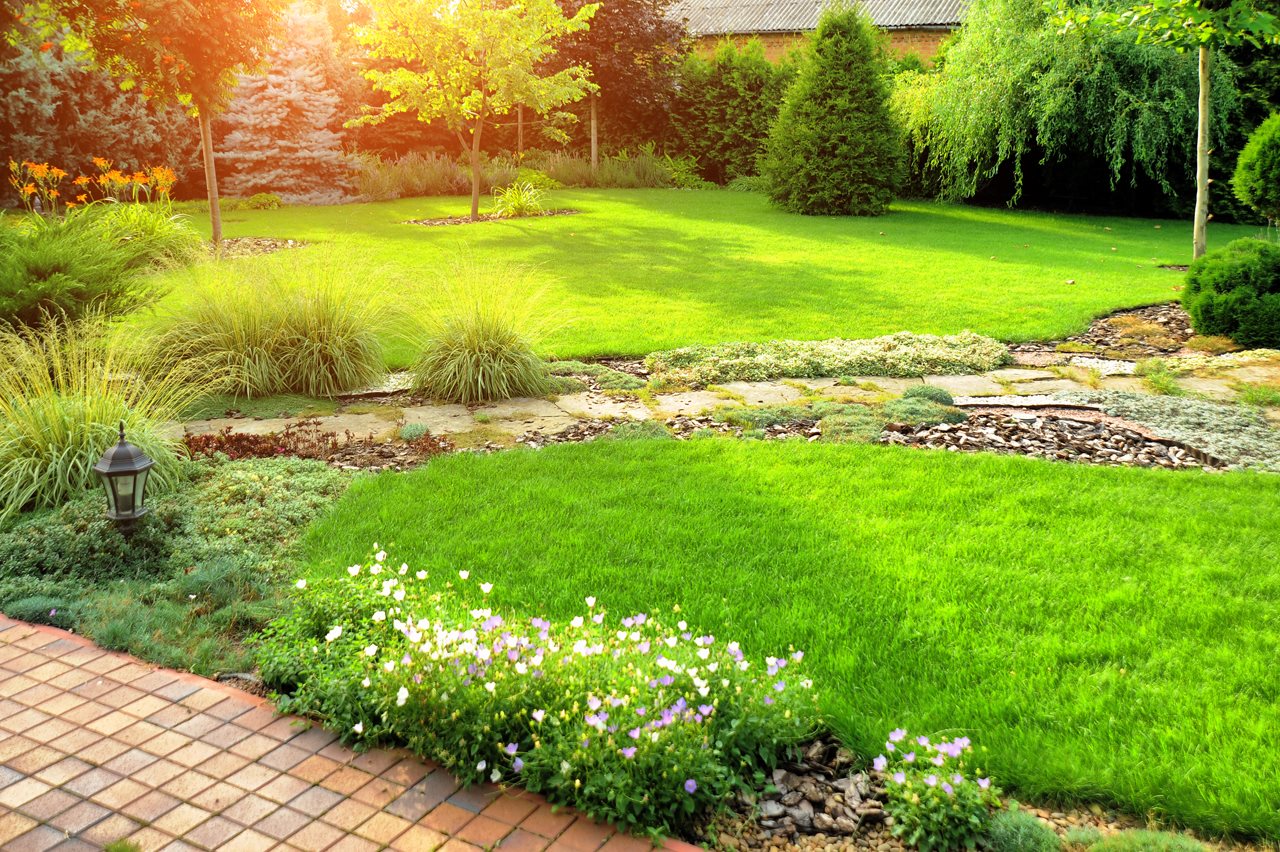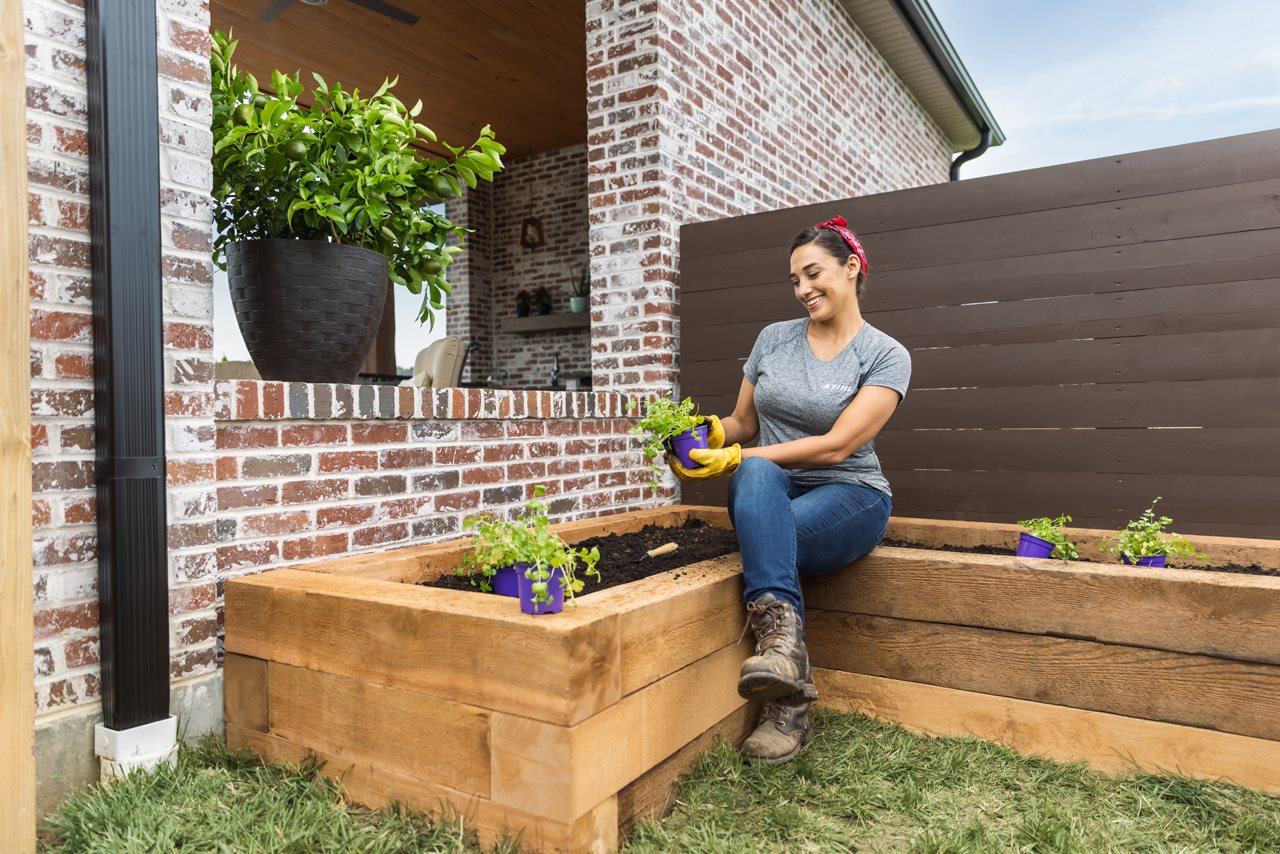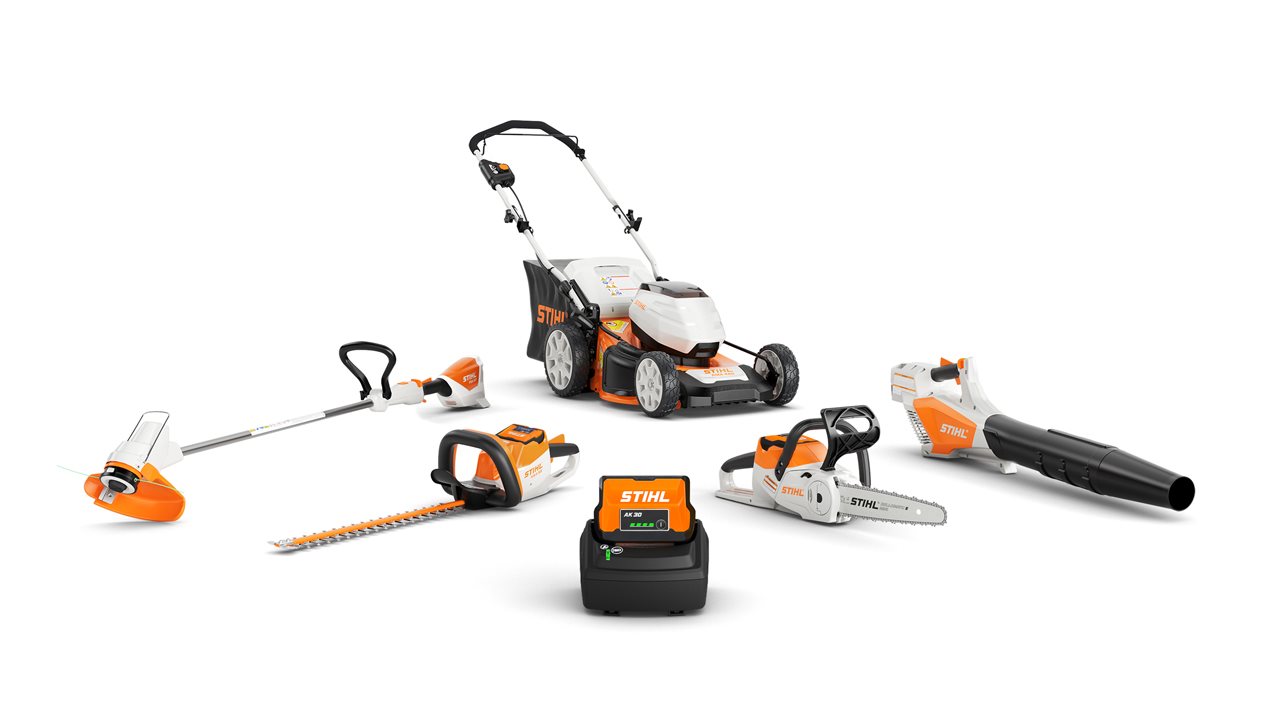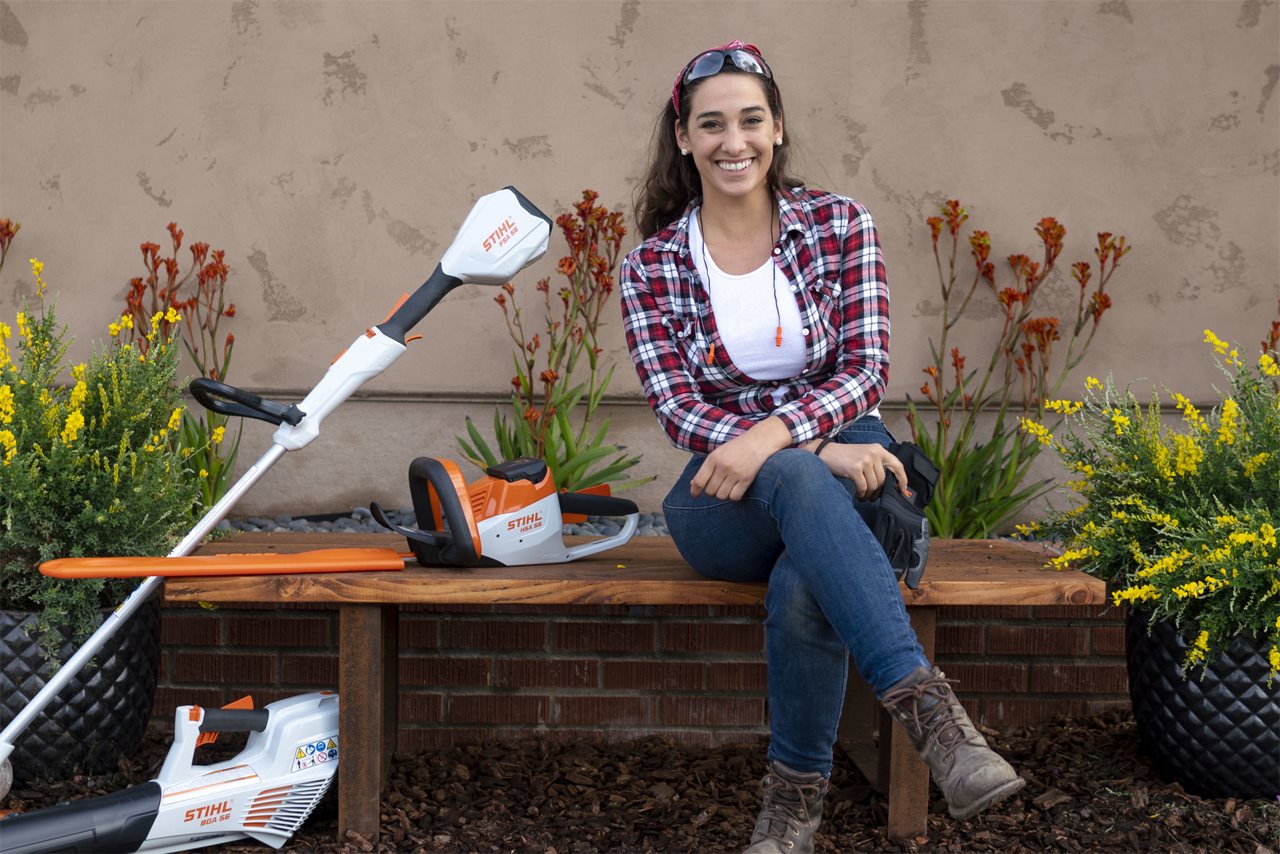(BPT) – More and more Americans enjoy spending time outdoors and are looking for ways to achieve their backyarding goals without breaking the bank.
Licensed landscape contractor, author and TV personality Sara Bendrick offers these eco-friendly tips on how to create your ideal lawn and garden that are not only sustainable but can lead to big savings.

Create a climate-friendly landscape design using native plants or climate-appropriate plants. Native plants are ideally suited to designing a landscape for water efficiency because they’ve adapted to their local soil and their roots are adjusted to the natural weather patterns.
- Consider low-water-use landscape and planting trees or high-growing plants for shade, which will help conserve water. You can even create a rain barrel to collect water for plants and grasses. Benefits include cost savings on water bills, improved health for plants and reduced likelihood of flooding or erosion.
- When cutting your grass, use a mulching mower, such as the STIHL battery-powered RMA 460 V that allows you to recycle key nutrients back to your lawn and reduce waste.
- Utilize local nurseries, garden centers and landscape professionals to assist you in developing your plan.

Plant for pollinators—bees, butterflies, hummingbirds, moths, flies and beetles. Pollinators are critical to our food supply. You can plant flowers and shrubs that help encourage their survival in your own yard and the greater community at large.
- Choose plants that flower in different seasons to enjoy blooms while also providing nectar and pollen year-round.
- You can also plant flowers that bloom at night for evening foragers.
- Pollinators are also attracted to different colors! Butterflies are drawn to red, orange and yellow; hummingbirds prefer red, fuchsia and purple.

2. Grow your groceries.
Not everyone has a ton of space to grow food, but even a small qarden can lead to major savings. Whether you have a large yard for a full garden, a small patio space or even just a windowsill, you can grow your own food. Do some research to find out what grows well in your area. Your local garden center is a great resource.

For large yards, one of my favorite projects is building a planter box that can also serve as a one-stop shop for a delicious side dish—salsa! For smaller yards, container gardens have many benefits:
- Space-efficient
- More protective against disease than growing plants directly in the ground
- More protective against pests that would typically move from plant to plant in a traditional garden
The most cost-effective way to grow your own food is to start with seeds. And even save seeds from your harvest for next year. Be sure to use native and organic soils when planting.

3. Use battery-powered tools.
Battery-powered equipment is the biggest trend in the outdoor power equipment industry. Advanced battery technology from STIHL offers homeowners an option to reduce their impact on the environment while providing a powerful alternative to gasoline-powered equipment. These tools have a longer run time than ever before. For example, the STIHL RMA 460 V mower can mow the length of 12 football fields on a single charge.* Also, one battery can power multiple tools — including blowers, chain saws, hedge trimmers, mowers and trimmers — so you’ll have a high-performance battery tool for every project. The benefits of using battery-power equipment include the following:
- No need for messy and smelly fuel, eliminating exhaust emissions concerns. This is especially important in parts of the country with emissions restrictions.
- Battery products are quiet and can be used early morning or late afternoon without disrupting neighbors.
- Lightweight and easy to use, so homeowners can tackle yard work with less fatigue.

*Usage claim tested and verified by an independent third-party test laboratory. Run-time per charge may vary depending on usage and application.
Sara Bendrick

Licensed landscape contractor, author and TV personality Sara Bendrick is best known for her work as the host of I Hate My Yard where she tackles the tough yards of homeowners and shows them the possibilities that exist for their exterior spaces. She is also the author of “Big Impact Landscaping: 28 DIY Projects You Can Do on a Budget to Beautify and Add Value to Your Home.”
